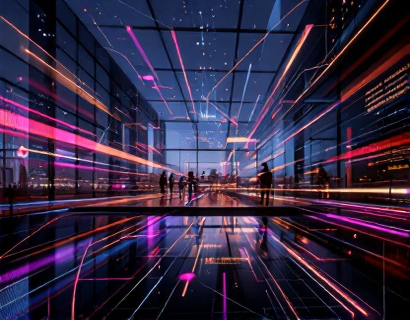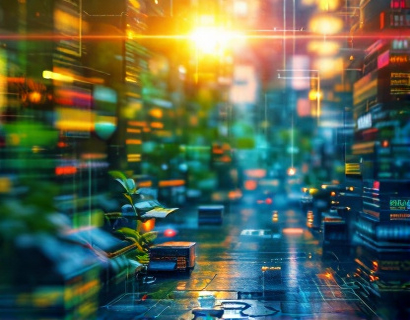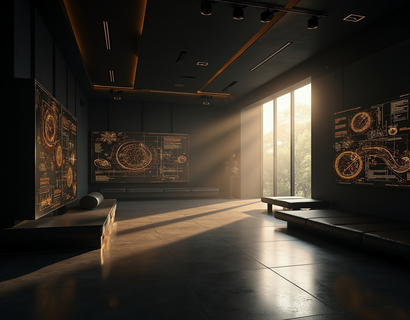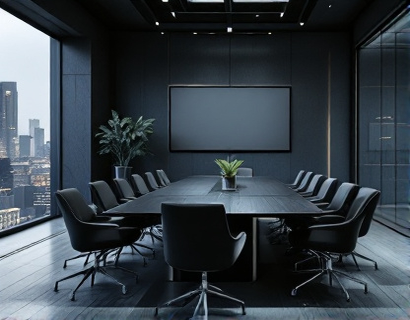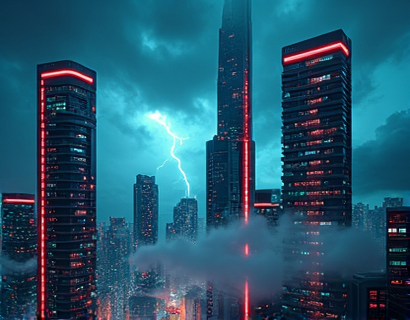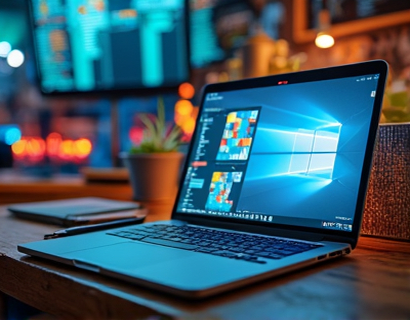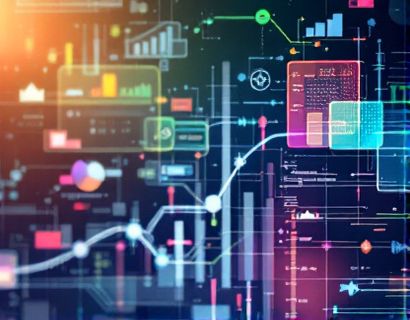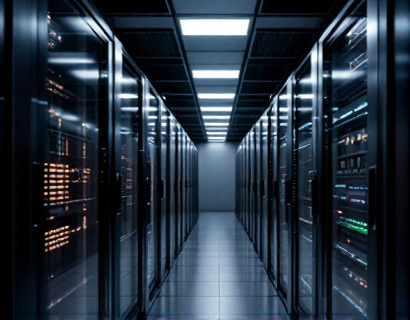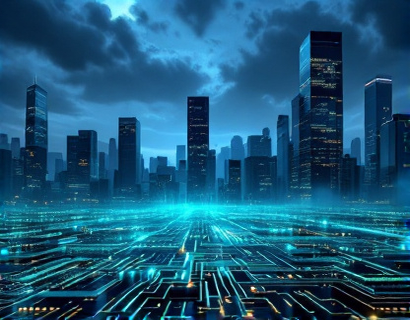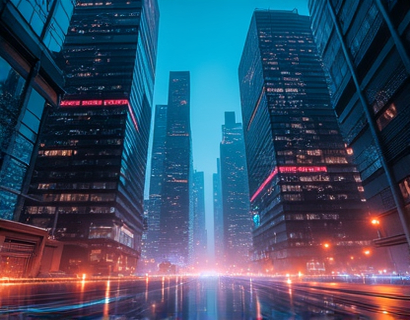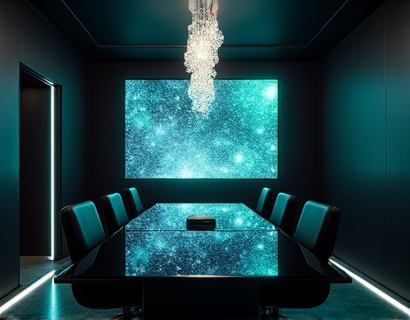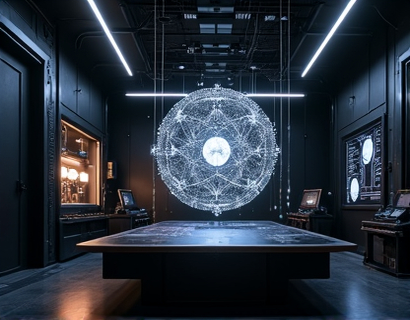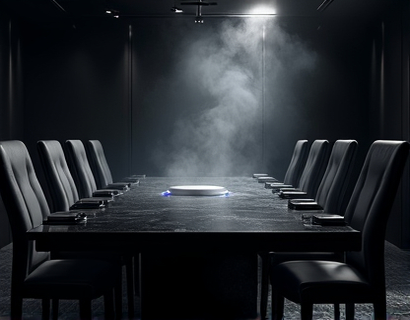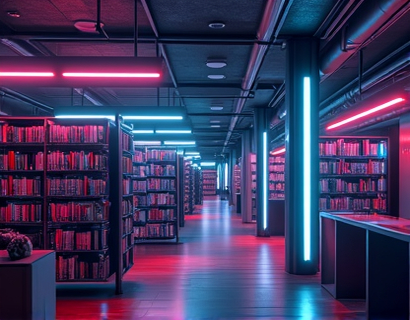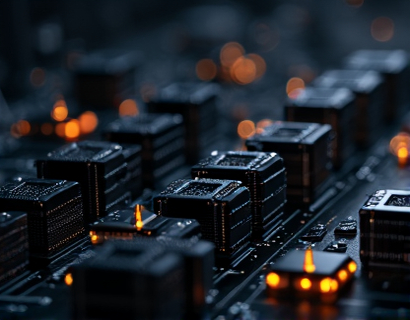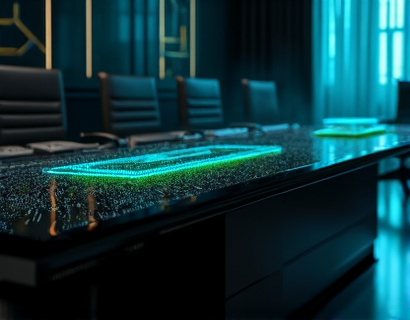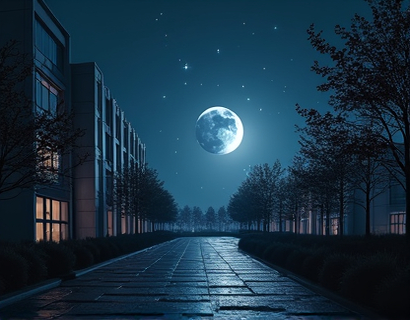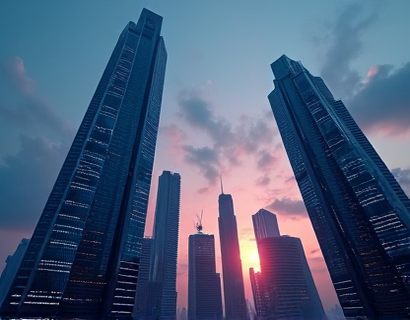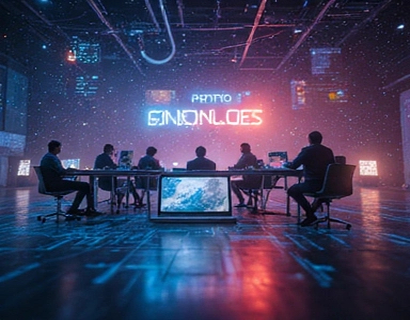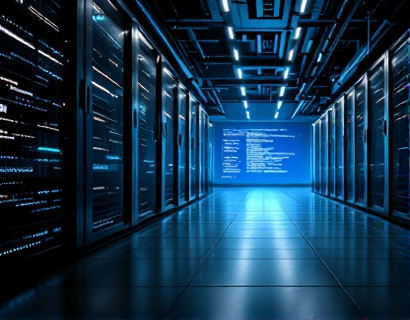Maximizing Your Indoor Garden: Cutting-Edge Tech for Optimal Plant Growth and Sustainability in Solariums
In the realm of indoor gardening, the integration of advanced technology has revolutionized the way enthusiasts cultivate plants within the confines of solariums. These high-tech setups transform light, climate, and automation into a symbiotic ecosystem that ensures optimal plant growth and sustainability. This article delves into the cutting-edge technologies that can elevate your indoor gardening experience, providing expertly tailored solutions that meet your unique needs and create a thriving, future-forward environment.
The foundation of any successful indoor garden is the control and optimization of light. Plants require specific wavelengths and intensities of light to perform photosynthesis efficiently. Traditional lighting solutions, such as incandescent bulbs, are inefficient and generate excessive heat. Modern LED grow lights, however, offer a superior alternative. These lights are energy-efficient, produce minimal heat, and can be customized to emit the exact spectrum of light that plants need at different stages of their growth cycle. For instance, blue light is essential for vegetative growth, while red light promotes flowering and fruiting. Advanced LED systems can simulate the natural light cycle, ensuring that plants receive the right light at the right time, thereby maximizing their growth potential.
Climate control is another critical factor in indoor gardening. Maintaining the ideal temperature, humidity, and air circulation is essential for plant health. Advanced climate control systems use sensors and smart algorithms to monitor and adjust these conditions in real-time. For example, temperature sensors can detect fluctuations and activate heating or cooling systems to maintain a consistent environment. Similarly, humidity sensors can trigger misting systems or dehumidifiers to keep the air at the optimal level for your plants. Proper air circulation is equally important to prevent mold and disease, and fans or automated ventilation systems can ensure that air moves freely throughout the solarium.
Automation plays a pivotal role in creating a seamless and efficient indoor gardening experience. Automated systems can control lighting, climate, and even nutrient delivery, reducing the need for manual intervention and ensuring that plants receive the precise care they need. Smart controllers can be programmed to follow a customized schedule, adjusting conditions based on the specific requirements of different plants. For instance, a system might dim the lights and lower the temperature at night to mimic a natural night cycle, which is crucial for many plant species. This level of automation not only saves time but also helps prevent human error, leading to healthier plants and higher yields.
Soil and nutrient management are fundamental to plant growth, and advanced technologies have made significant strides in this area. Hydroponic and aeroponic systems, for example, allow for precise control over nutrient delivery. These systems deliver nutrients directly to the roots of the plants, eliminating the need for soil and reducing water usage. Nutrient dosing can be automated, ensuring that plants receive the exact amount of nutrients they need at the right times. This not only promotes healthy growth but also minimizes waste and environmental impact. Additionally, water recirculation systems can be integrated to reuse water, further enhancing sustainability.
Monitoring and data analysis are key components of a high-tech indoor garden. Advanced sensors can track a wide range of parameters, including light intensity, temperature, humidity, CO2 levels, and soil moisture. This data can be collected and analyzed to provide insights into plant health and growth patterns. For instance, if a particular plant is not thriving, the data can help identify the issue, whether it's too much or too little light, improper nutrient levels, or suboptimal climate conditions. This information can be used to make informed adjustments, leading to continuous improvement in your gardening practices.
The integration of artificial intelligence (AI) and machine learning (ML) takes data analysis to the next level. AI algorithms can process large volumes of data to identify trends and predict plant needs before issues arise. For example, an AI system might detect a slight drop in humidity and predict a potential mold outbreak, triggering the misting system to increase moisture levels proactively. ML models can also optimize growing conditions over time, learning from past data to refine the settings for maximum plant health and productivity. This level of intelligence not only enhances the growing environment but also reduces the learning curve for new gardeners.
Sustainability is a growing concern in all aspects of gardening, and indoor gardens are no exception. Advanced technologies offer numerous ways to make your indoor garden more eco-friendly. Energy-efficient LED lights and smart climate control systems reduce electricity consumption, lowering your carbon footprint. Water-saving hydroponic and aeroponic systems minimize water usage, and nutrient recycling further reduces waste. Additionally, the ability to grow plants year-round in a controlled environment means that you can reduce the need for transportation and the associated emissions. By growing locally, you contribute to a more sustainable food system.
Customization is another significant advantage of using advanced technology in indoor gardening. Every gardener has unique needs and preferences, and high-tech setups can be tailored to meet these specific requirements. Whether you're growing rare orchids, leafy greens, or fruiting plants, the technology can be adjusted to provide the ideal conditions for each type of plant. Customizable lighting spectra, adjustable climate settings, and personalized nutrient delivery ensure that each plant receives exactly what it needs to thrive. This level of customization not only enhances plant health but also allows for a diverse and vibrant indoor garden.
The benefits of integrating cutting-edge technology into your indoor garden extend beyond plant growth and sustainability. These systems can also improve the overall aesthetic and ambiance of your space. Modern LED lights come in various colors and can be used to create stunning visual effects, turning your solarium into a beautiful and inviting area. The controlled environment can also reduce odors and pests, making your indoor garden a pleasant place to spend time. Moreover, the precision and reliability of automated systems mean that you can enjoy your garden with minimal maintenance, allowing you to focus on other aspects of your life.
For those new to indoor gardening or looking to upgrade their existing setup, the transition to a high-tech garden can seem daunting. However, the process is more accessible than ever. Many companies specialize in designing and installing custom indoor gardening solutions that incorporate the latest technologies. These experts can assess your space, understand your plant needs, and create a tailored system that integrates seamlessly into your home or office. From initial consultation to installation and ongoing support, these services ensure that you have a successful and enjoyable indoor gardening experience.
In conclusion, the combination of advanced lighting, climate control, automation, and data analysis transforms indoor gardening into a sophisticated and sustainable practice. By leveraging these technologies, you can create a thriving ecosystem within your solarium that maximizes plant growth and minimizes environmental impact. Whether you're a seasoned gardener or a beginner, the future of indoor gardening is bright, and with the right technology, you can achieve unparalleled results.



